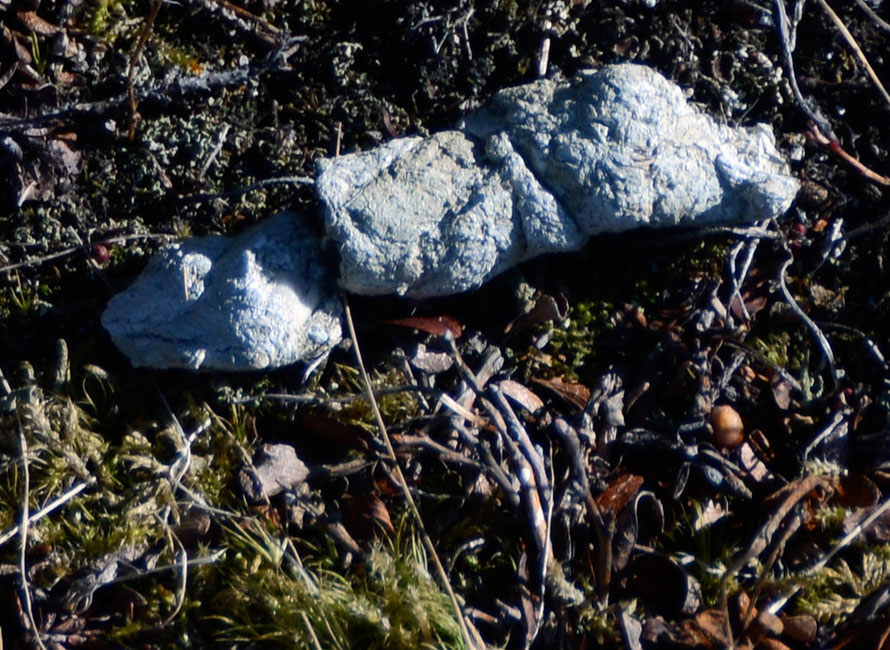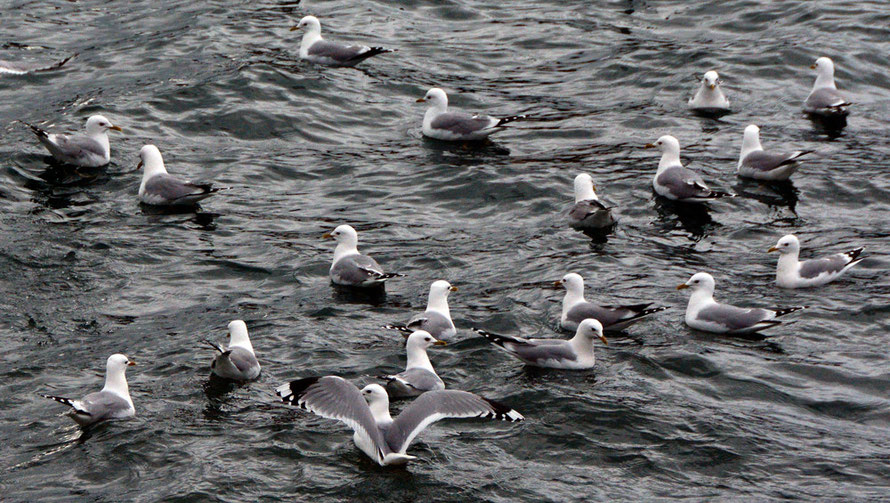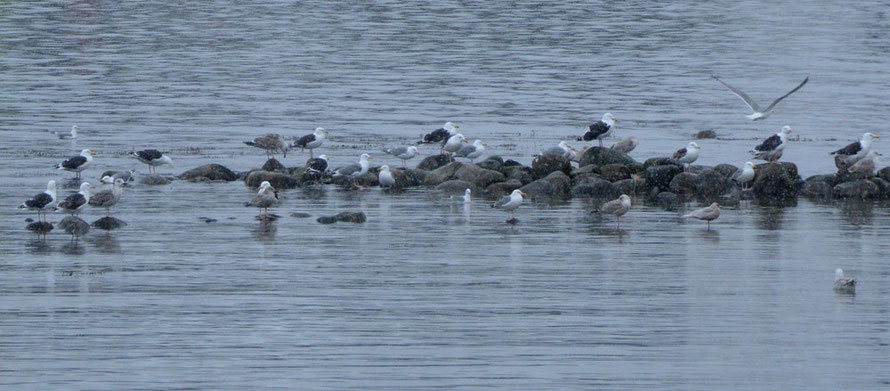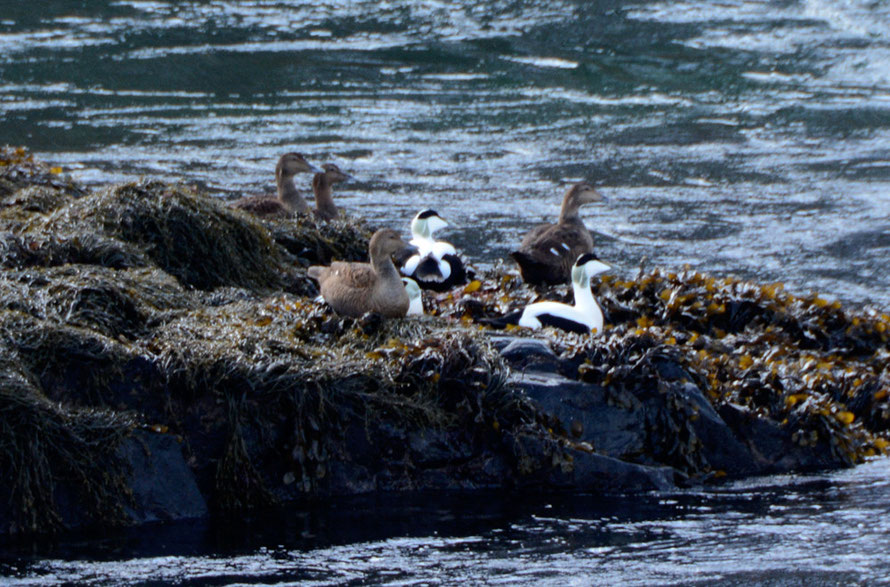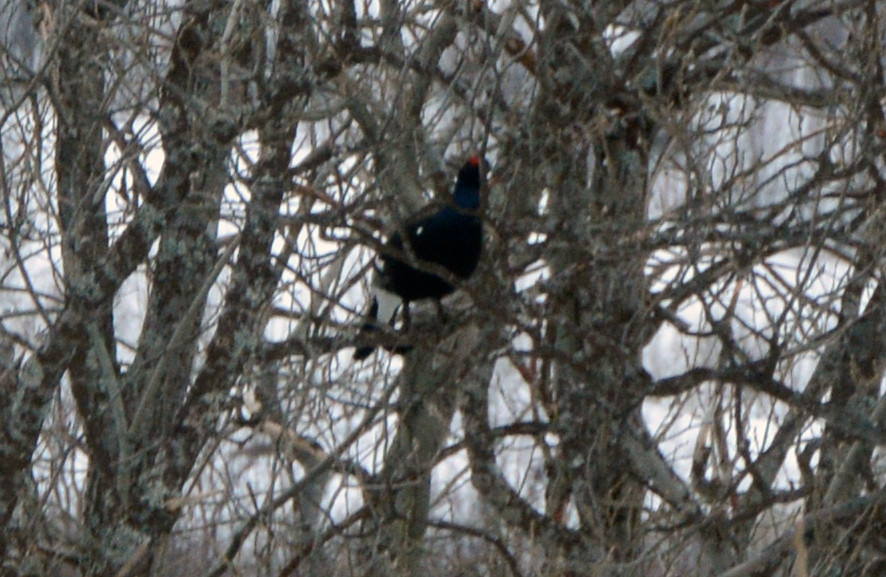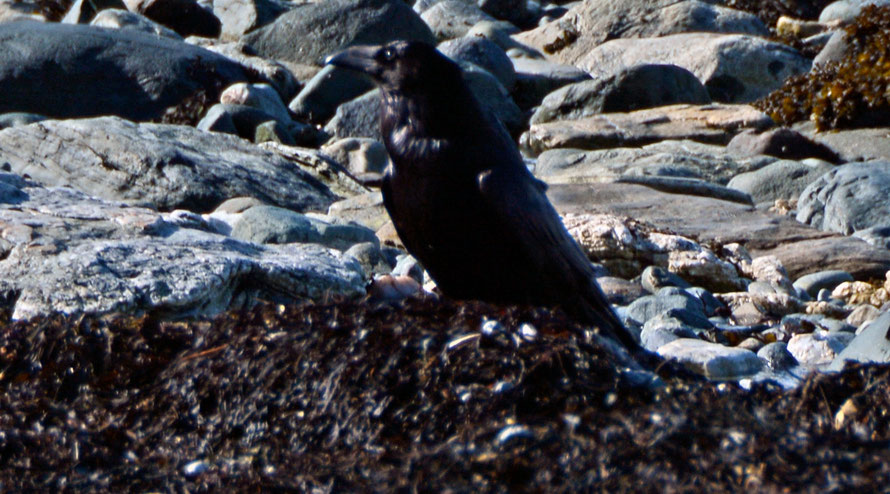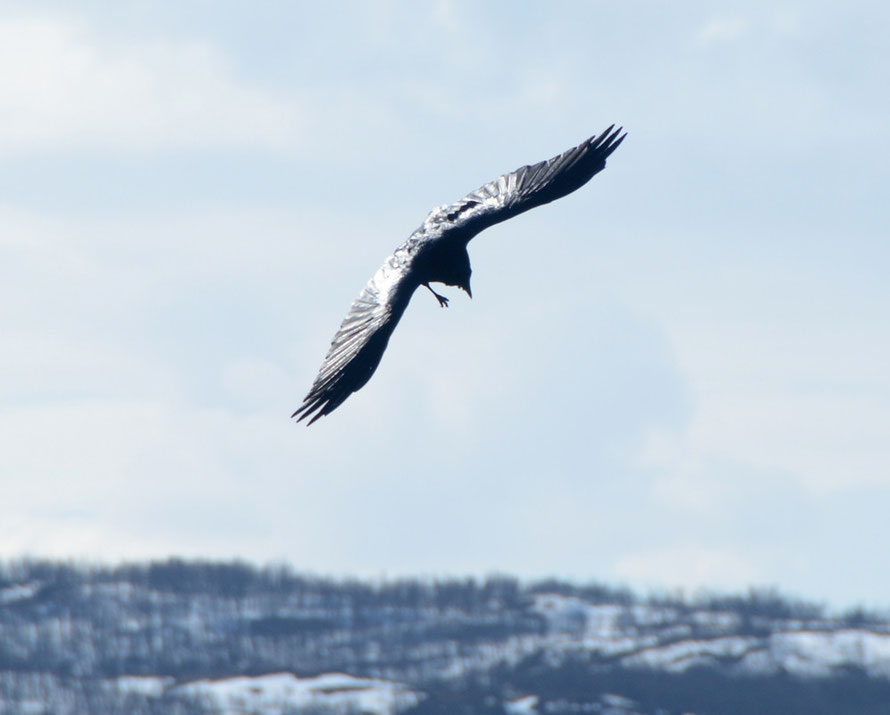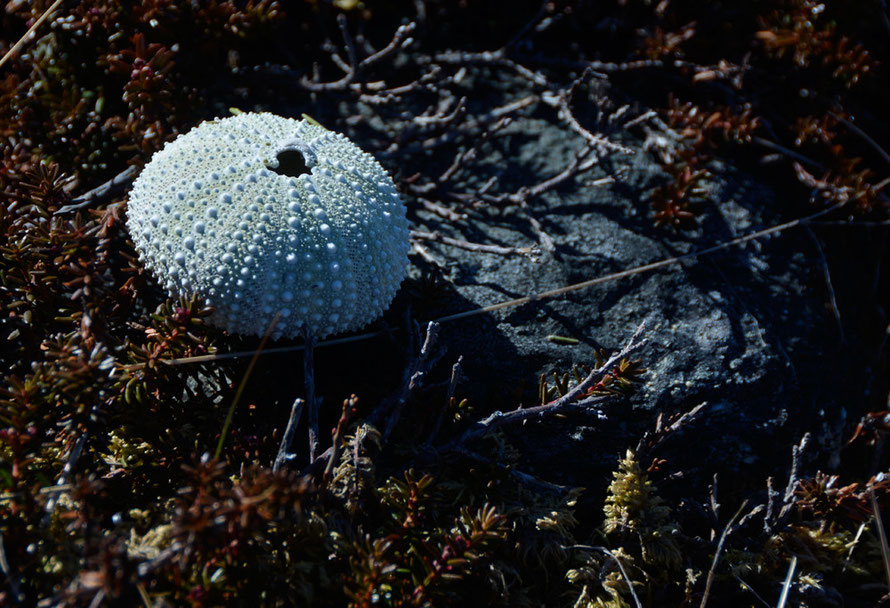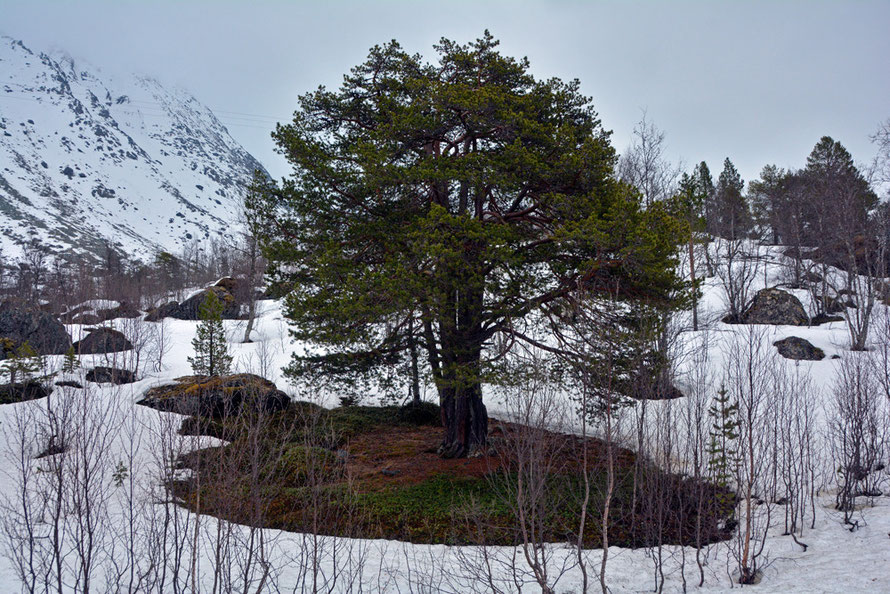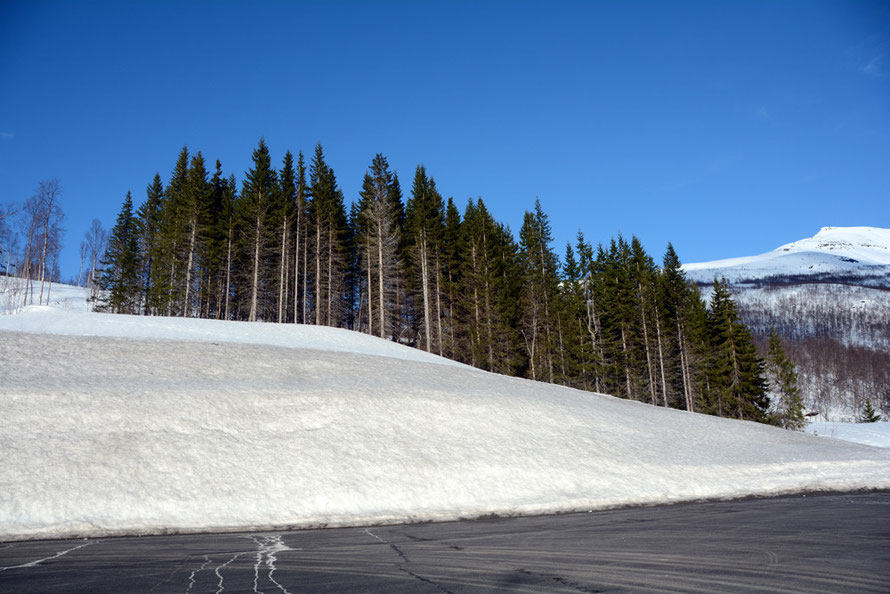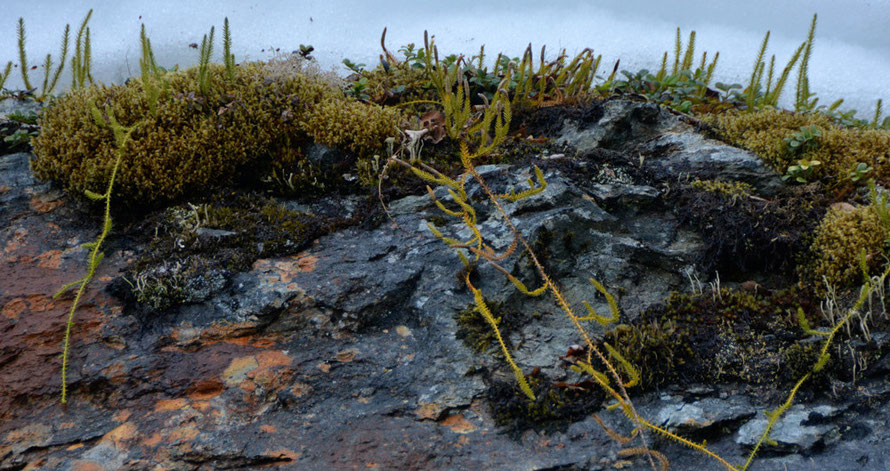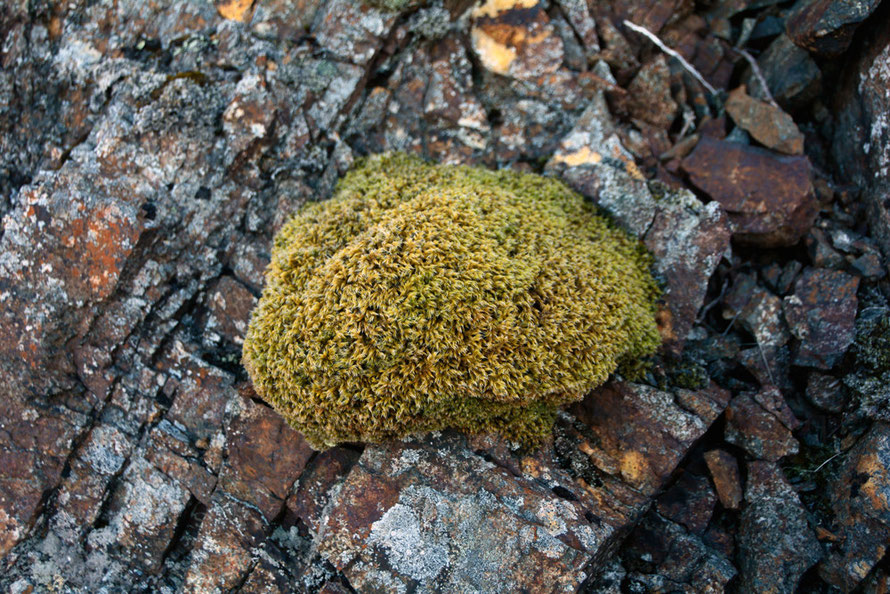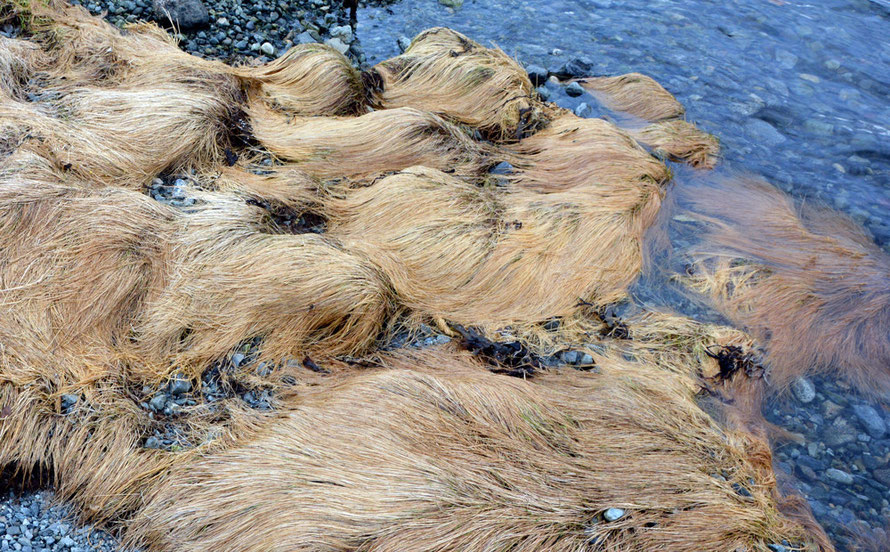Sub-Arctic Flora and Fauna
The Tromso area (Troms county) is characterised by a subarctic climate (also called subpolar climate or boreal climate) defined by its long, usually very cold winters, and
short, cool to mild summers. The sea moderates the cold of the long winters along the highly indented coastline. Local conditions also play their part in terms of altitude, aspect, exposure to
warming and cooling winds, precipitation and rain shadows and varying amounts of snow cover and exposure to the sun.
These conditions create considerable variation as we found out. In some places snow cover had disappeared at sea level whilst in others it persisted. It only took a short climb in altitude to
also see a dramatic increase in snowcover in some places - the road to Gryllefjord from Finnsnes on Senja Island being a case in point.
The Troms area is characterised by ecosytems and vegetation of the so-called Middle and Northern Boreal variants.
In Troms the Middle Boreal (MB) is characteristic up to about 100m in altitude at which point the Northern Boreal (NB) takes over with more true Tundra-like conditions on the higher peaks which often have bare rock and permanent snow and ice cover on their northern flanks.
The classic tree of the Middle Boreal is the Norway Spruce but its recolonistation after the last Ice Age was halted by mountain belts north of Saltfjell in mid-Nordland, although it will grow further north if planted (for comparison see this page about the Beech gap on New Zealand's South Island).
The charateristic trees of the MB in Troms are Birch (often Downy Birch - Betula pubescensis) usually dominant in these northern areas, with some Scots Pine, Aspen, Rowan, bird cherry, grey alder and low willows such as Salix glauca, S. lanata and S. lapponum and heath of juniper and other plants.
Some alpine plants grow in the MB zone and the understory is usually well developed in the sparse forest with examples such as yellow bedstraw, raspberry, mugwort and Myrica gale, blueberry, common juniper, cloud berry, Vaccinium vitis-idaea (lingonberry or cowberry)
The Northern Boreal - which goes from about 100m to 400m in the Troms area - is characterised by sparse forests of mountain birch, a subspecies of downy birch and alpine plants.
The MB and NB areas of Troms mostly belong to the Scandinavian and Russian taiga PA0608 ecoregion which, with an area of 2,156,900 km² (832,800 mi²), is the biggest ecoregion in Europe.
Other than what is pictured here the bird life was limited - mainly crows, hooded crows, magpies, great tits, something that looked like snow buntings in a flock that I couldn't approach, a ptarmigan in a snow field right by the road, a heron flying over Tromso.
In the water Black Backed Gulls, lots of Merganser/Goosander, another duck we didn't identify, Mallard, lots and lots of Eider Ducks, and another diver below.
I saw a fox but not an Arctic one.

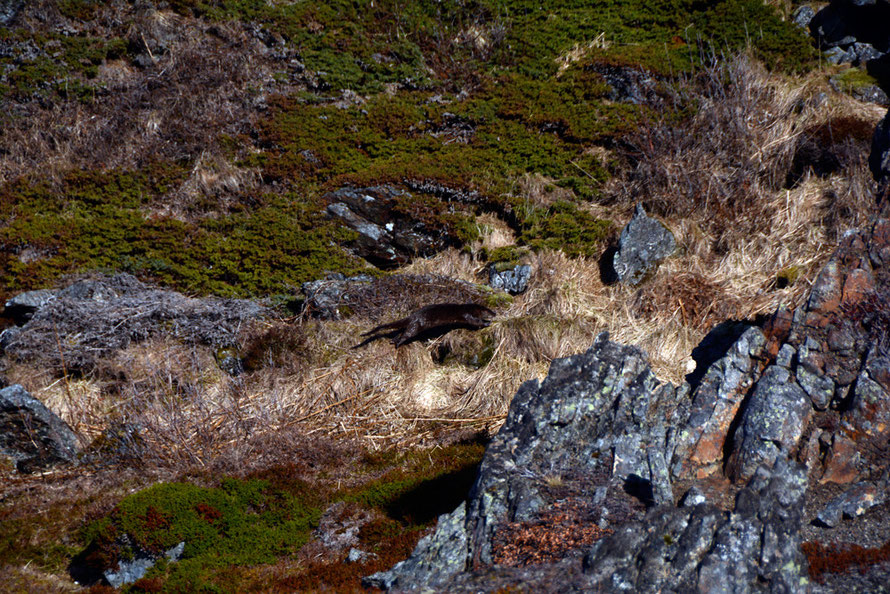
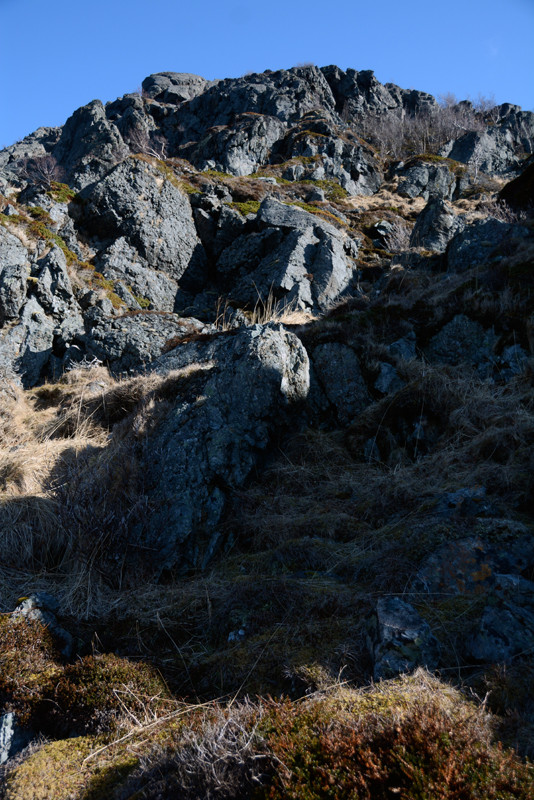
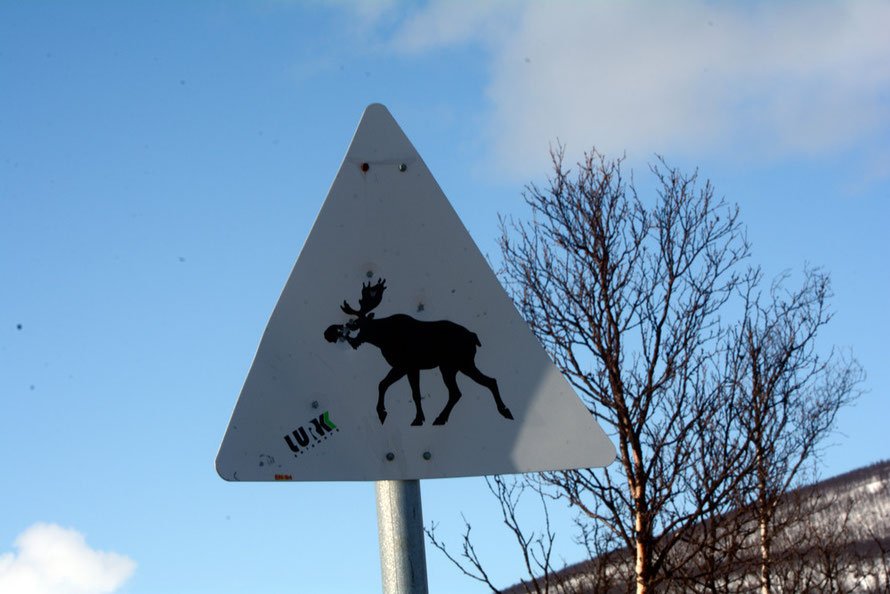



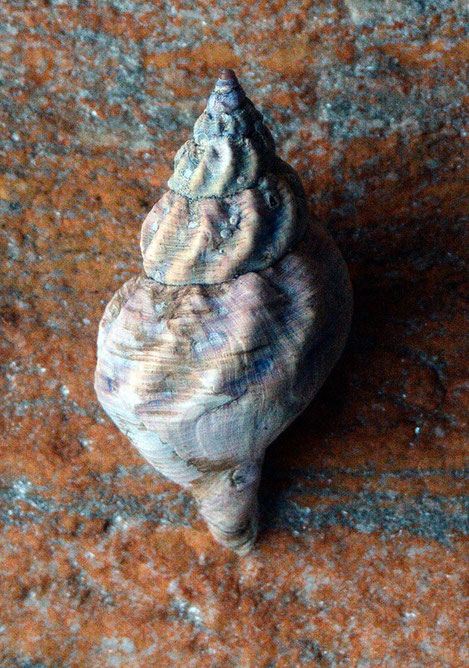

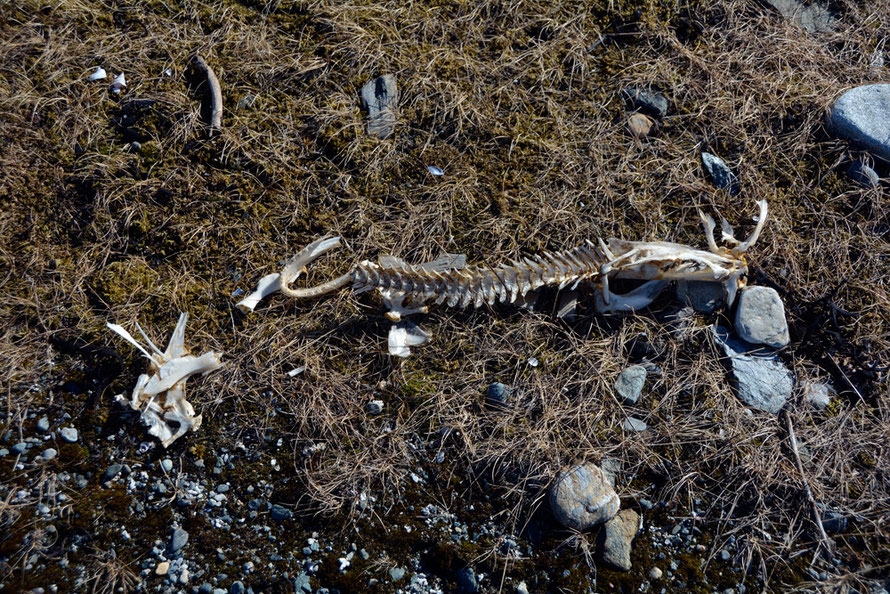
These were the only two flows we asw in the latter part of April - Silene acaulis, known as moss campion on the rocky foreshore at Russelv at the end of the Lyngen Peninsula and
Coltsfoot Tussilago farfara.

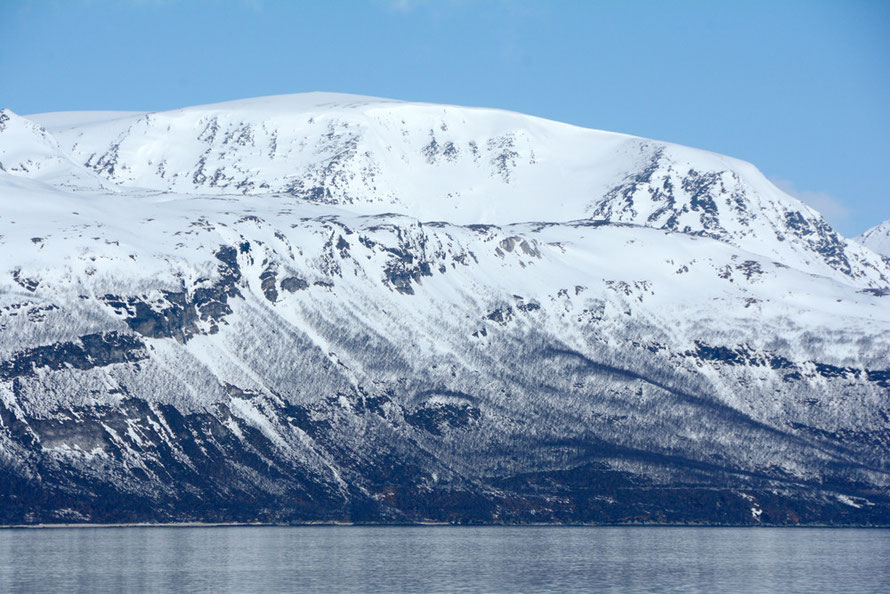
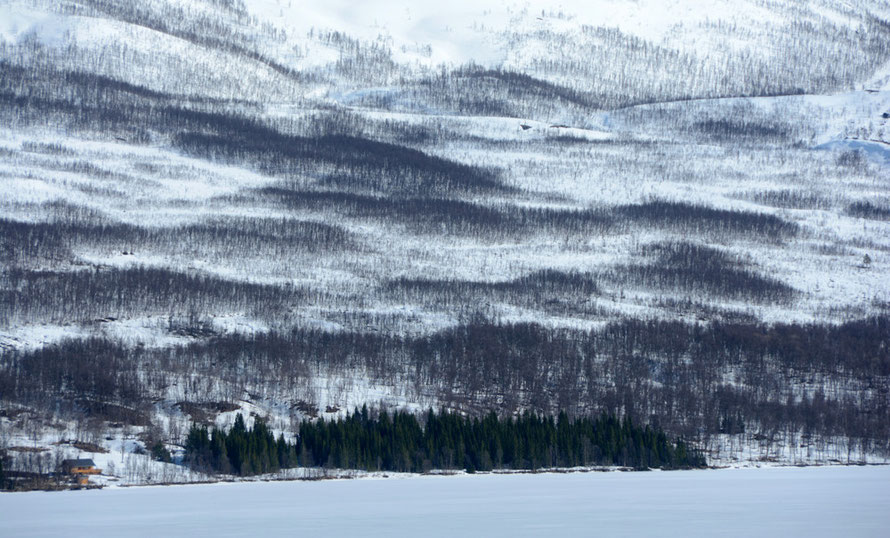
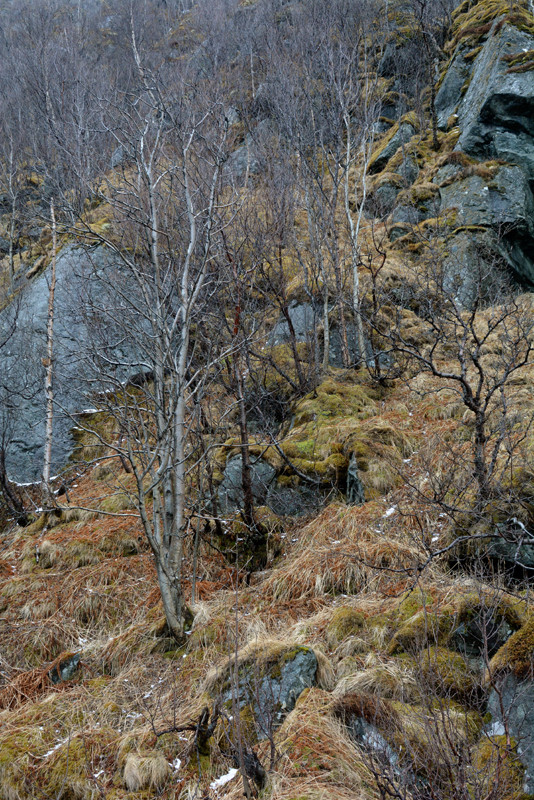

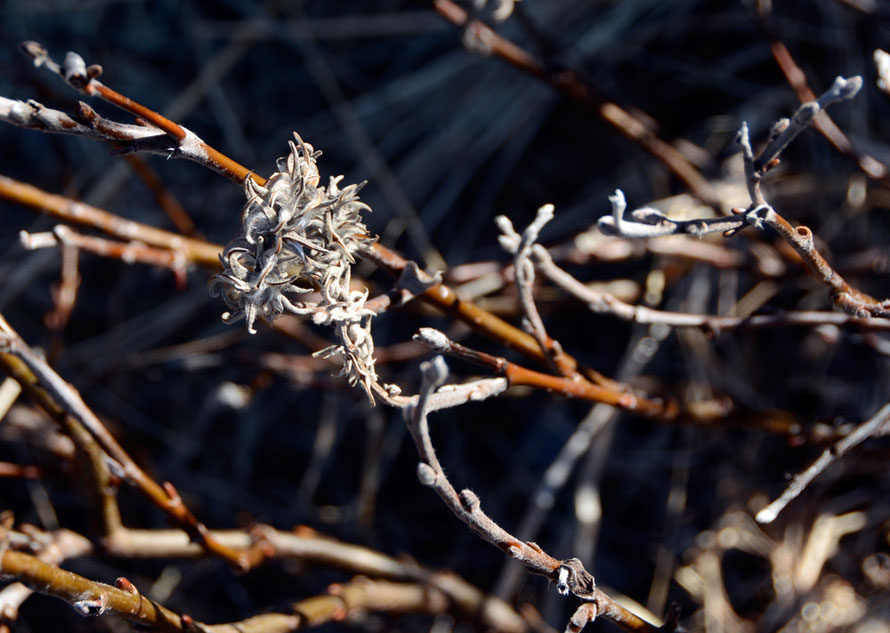

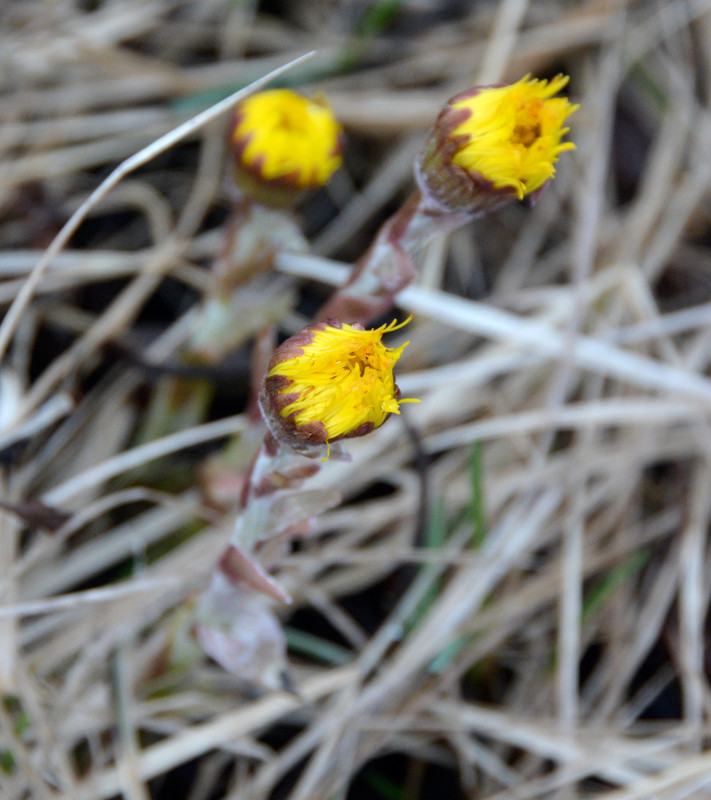
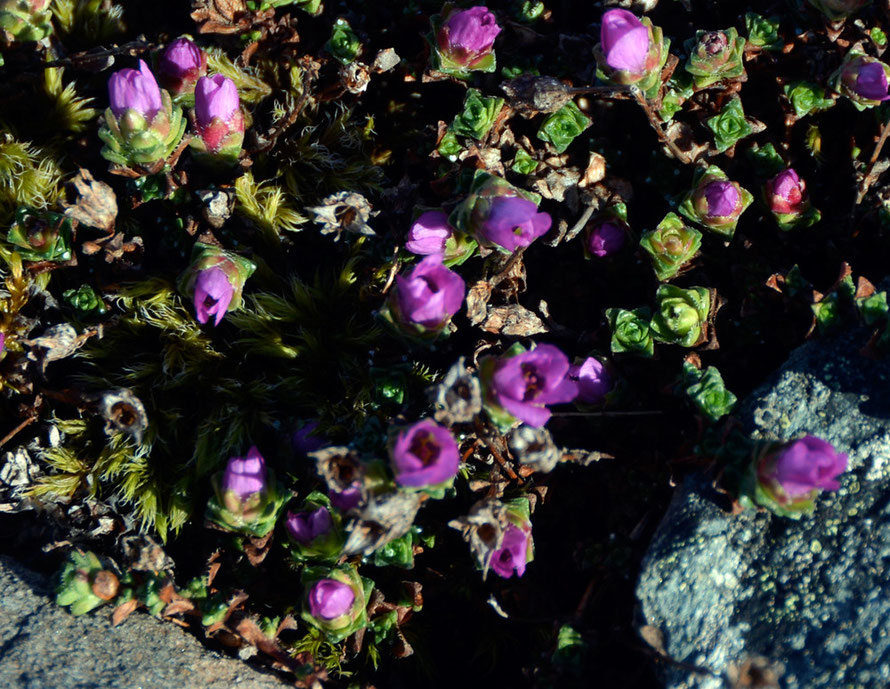

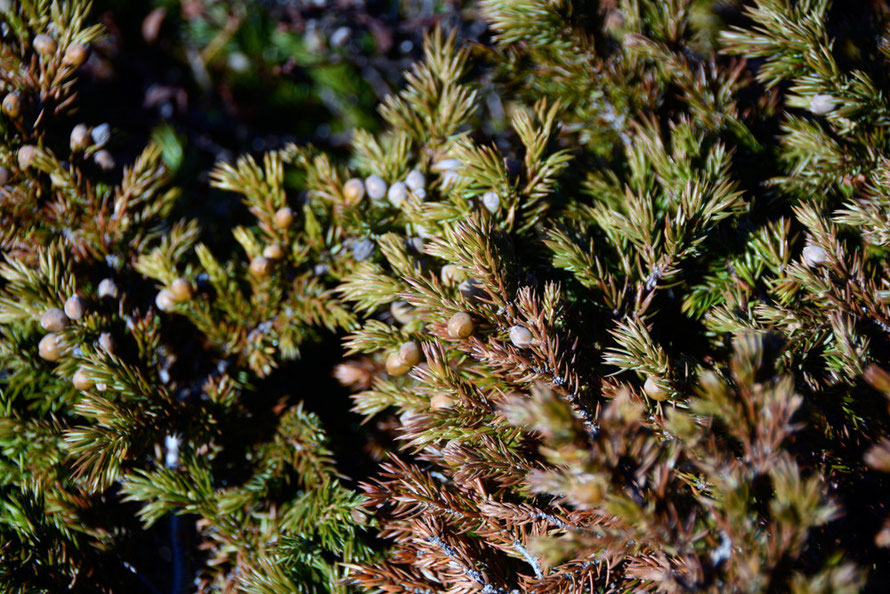

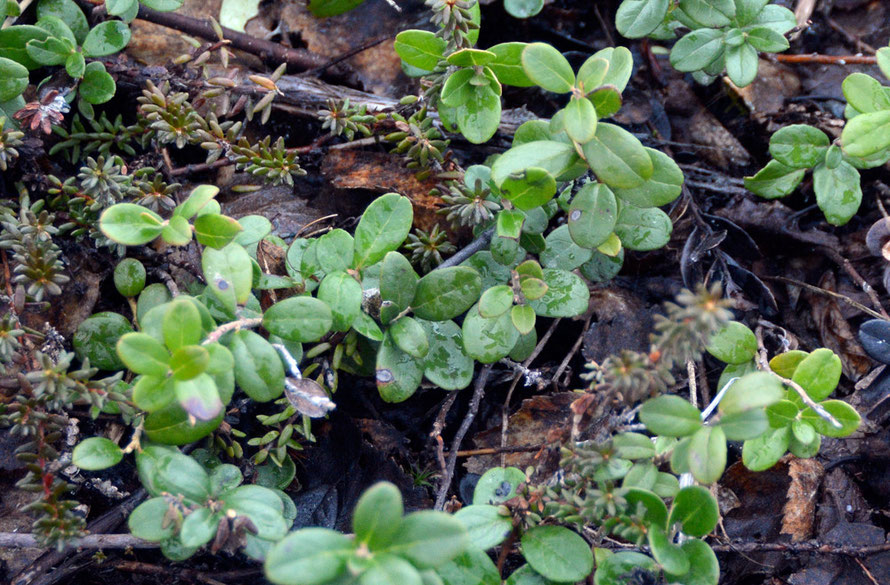
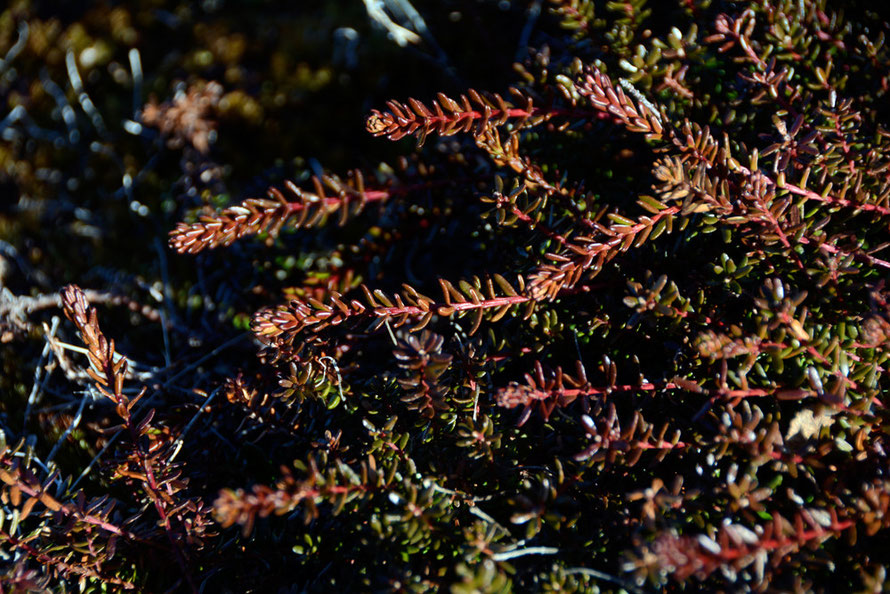

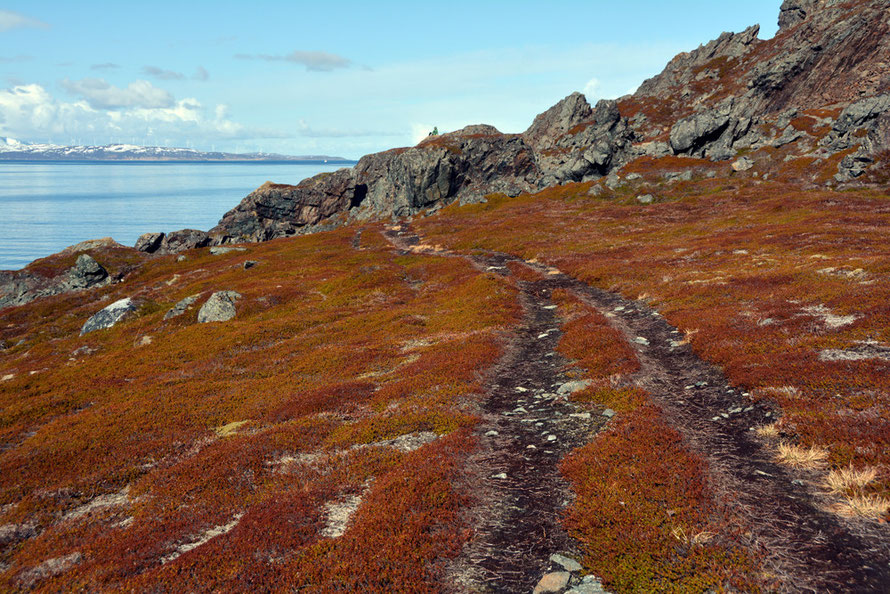

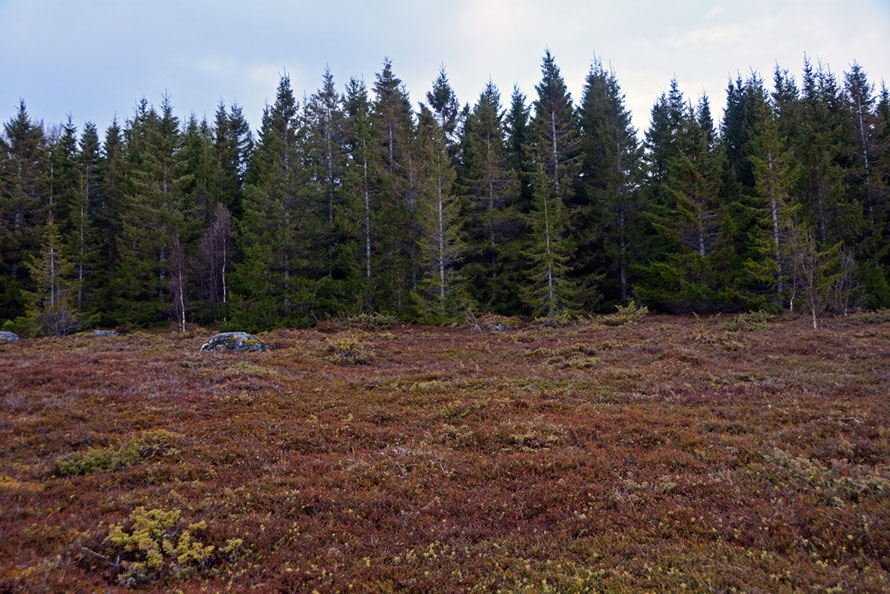
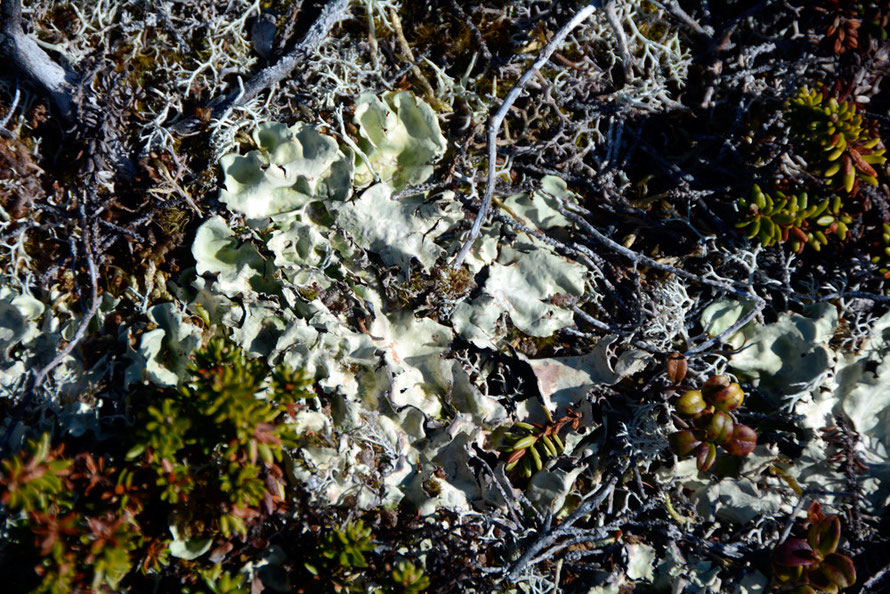


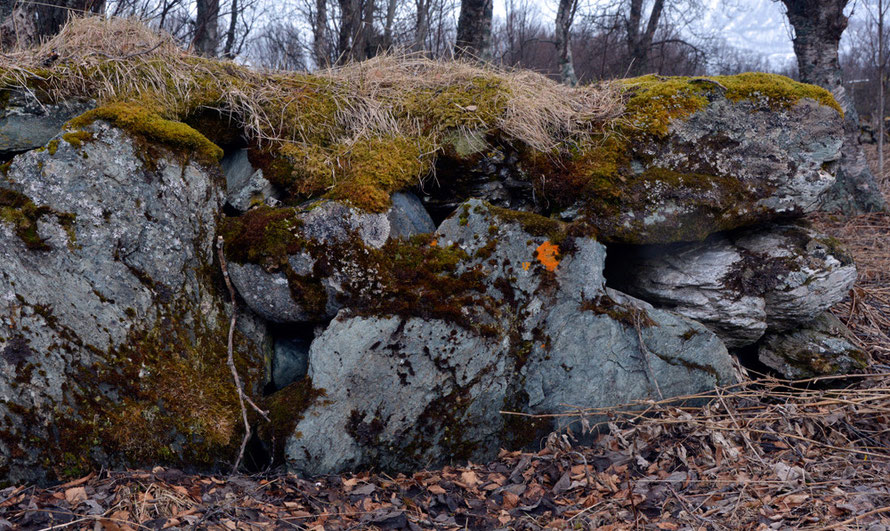
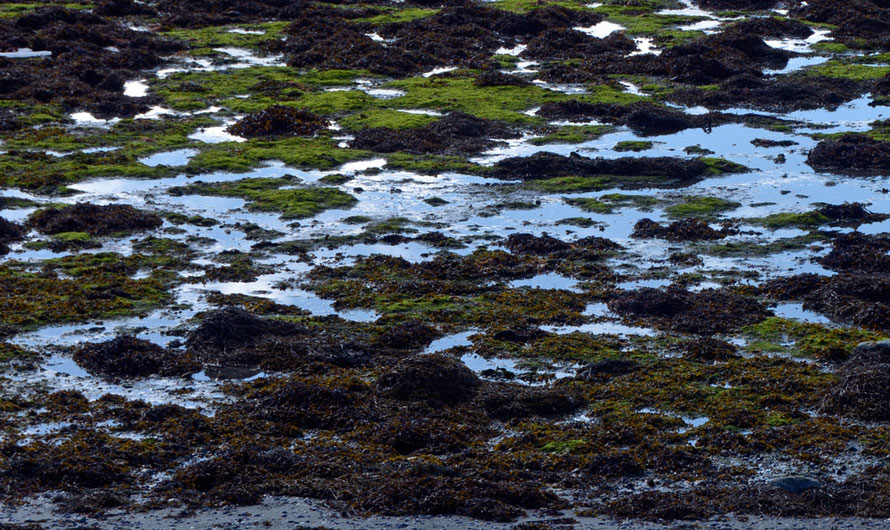
To next section:
The German Occupation of Arctic Norway in WWII
Russian POWs in World War II and in Norway
Operation Nordlicht/Northern Light and the Destruction of Finnmark
The Prison Camps of the Lyngen Line and Mallnitz Death Camp
Aftermath: The Nuremberg 'Hostage Trial' ruling on the scorched earth events in Finnmark

